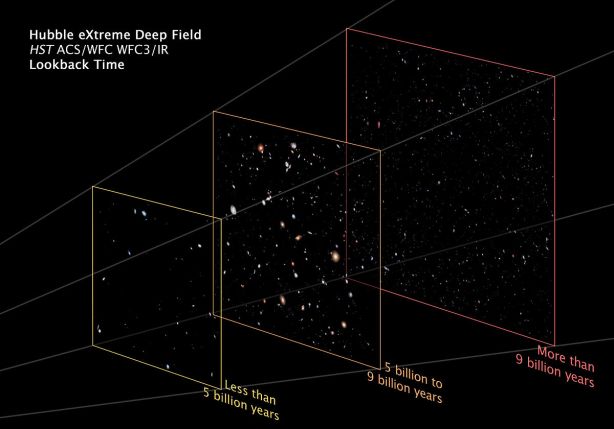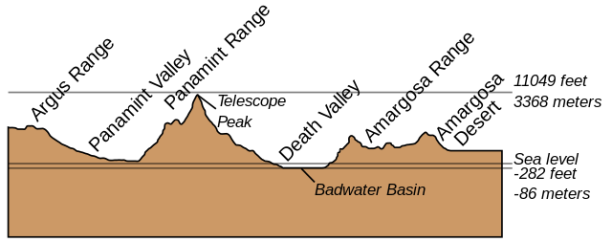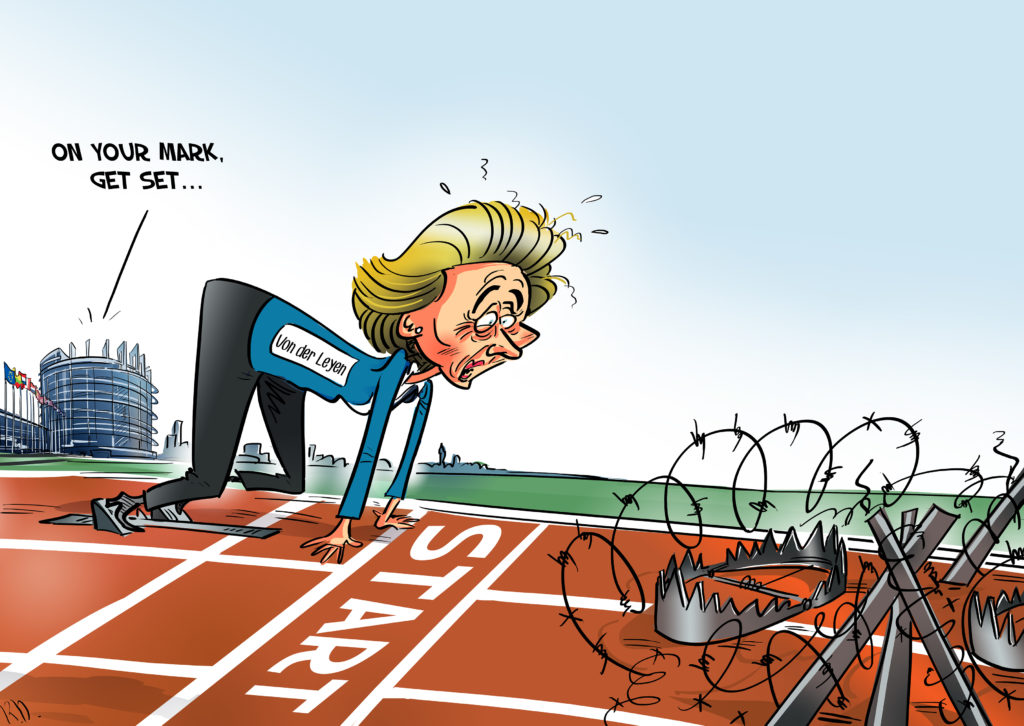
A meeting at London’s Royal Society will scrutinise the basic model first formulated in 1922 that the universe is a vast, even expanse with no notable features and ask (after 100+ years): is it wrong, and if so, what next? Competing measurements of the Hubble ‘constant’ will come under yet more scrutiny.
– – –
If you zoomed out on the universe, well beyond the level of planets, stars or galaxies, you would eventually see a vast, evenly speckled expanse with no notable features. At least, that has been the conventional view, says The Guardian.
The principle that everything looks the same everywhere is a fundamental pillar of the standard model of cosmology, which aims to explain the big bang and how the universe has evolved in the 13.7bn years since.
But this week a meeting of some of the world’s leading cosmologists will convene at London’s Royal Society to ask the question: what if this basic assumption is wrong?





















